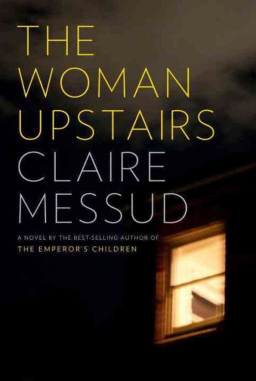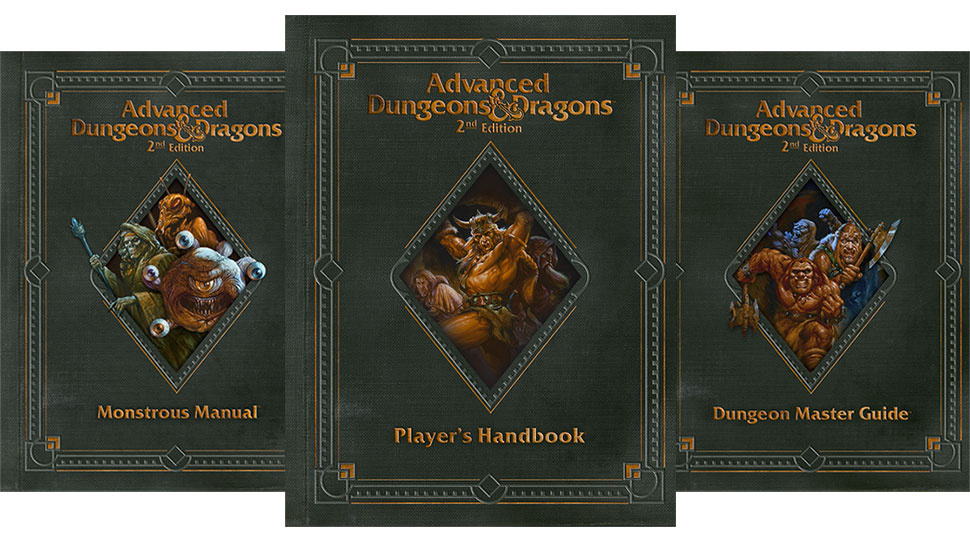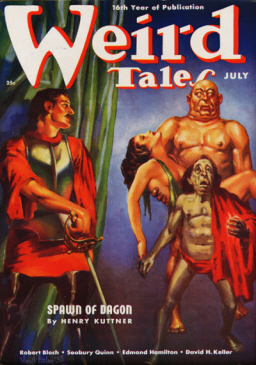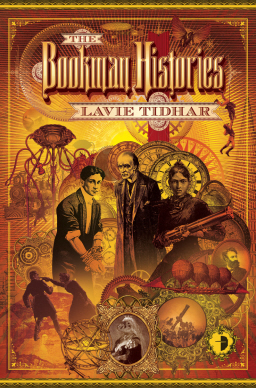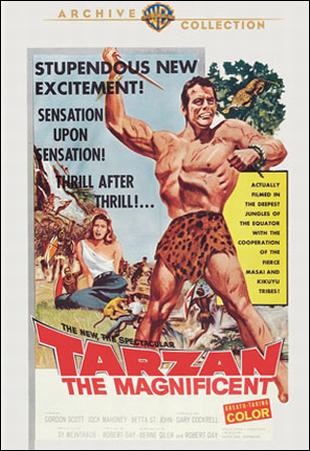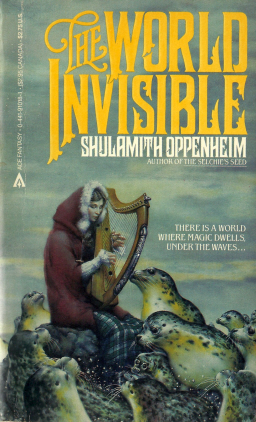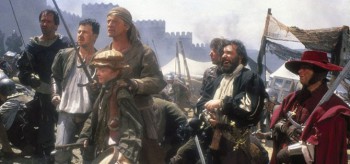The Top 50 Black Gate Blog Posts in April
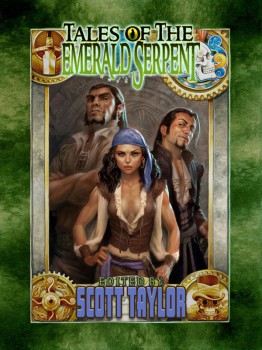 We presented nearly 100 new articles on the Black Gate blog last month, covering virtually every aspect of fantasy — from Kickstarter to Red Sonja , Space: 1999 to exotic food.
We presented nearly 100 new articles on the Black Gate blog last month, covering virtually every aspect of fantasy — from Kickstarter to Red Sonja , Space: 1999 to exotic food.
Why do we do it? Here’s a clue: it’s not the great pay, or the breezy offices of our rooftop headquarters here in downtown Chicago. It’s not the allure of maverick journalism, and the way publishers tremble when we walk into a room. It’s not the travel, or the lousy expense accounts, or the drunken nights playing poker with George R.R. Martin and Gordon van Gelder (man, that guy can bluff). It’s not the endless review copies of the latest fantasy releases, or the —
Hold up there, Sparky. Review copies? Ummm, those are pretty cool. Yeah, free books never get old. Forget what I just said. We pretty much do it for the freebies.
Plus, we do it for you, our fans. For the great letters to send us, and the thoughtful comments, and those books you mail us with sticky notes that say, “Just thought you’d like this!” Seriously, you guys rock. Also, free books. Those are great too.
Here’s what the Black Gate supercomputer tells us were the 50 most popular articles we published last month. Enjoy. And keep those comments and mail coming!
- Art of the Genre: The Joy and Pain of Kickstarter [and How Backed Projects Still Fail]
- An Open Letter from Jeremy Lassen at Night Shade Books
- Vintage Treasures: Chaosium’s Thieves World
- Red Sonja: The Novels
- Teaching and Fantasy Literature: Writing Fantasy Heroes
- Night Shade Attempts to Avoid Bankruptcy with a Sale to Skyhorse Publishing
- The Company That Time Will Never Forget: A Visit to Edgar Rice Burroughs, Incorporated
- Red Sonja: The Movie
- Are You Going to Eat That?
- Vintage Treasures: The People of the Black Circle by Robert E. Howard
